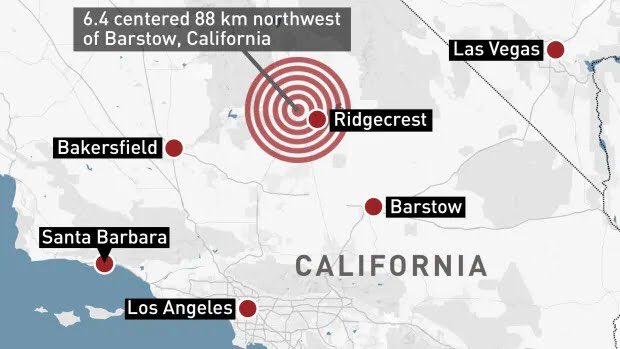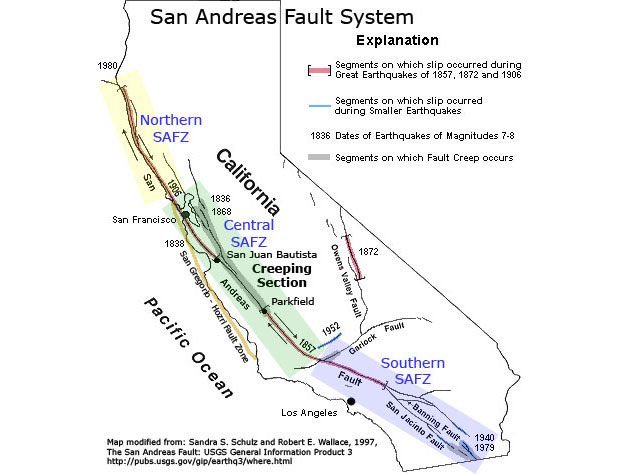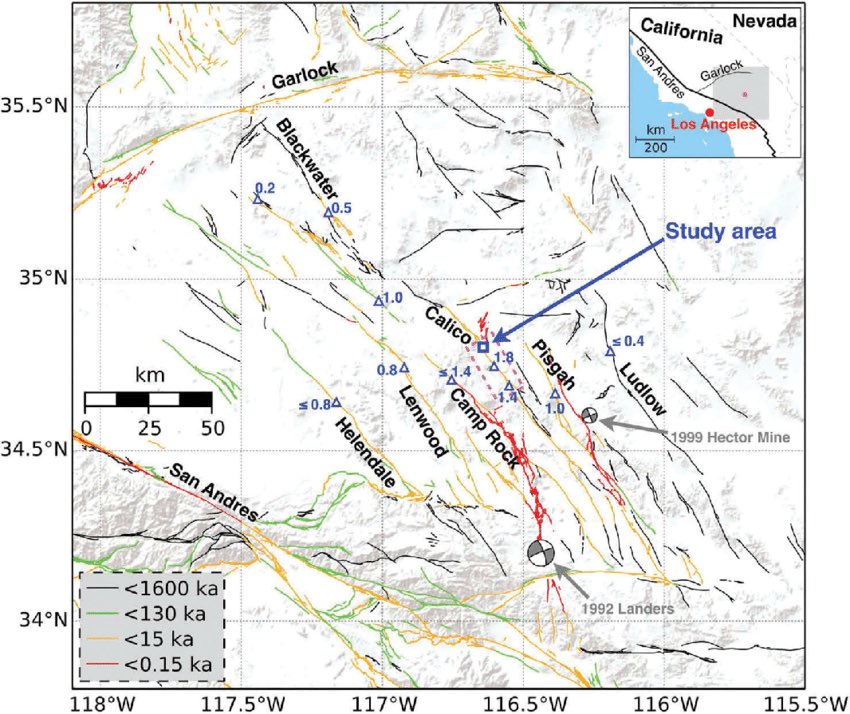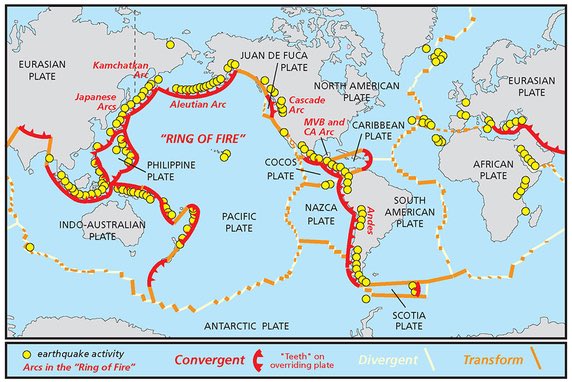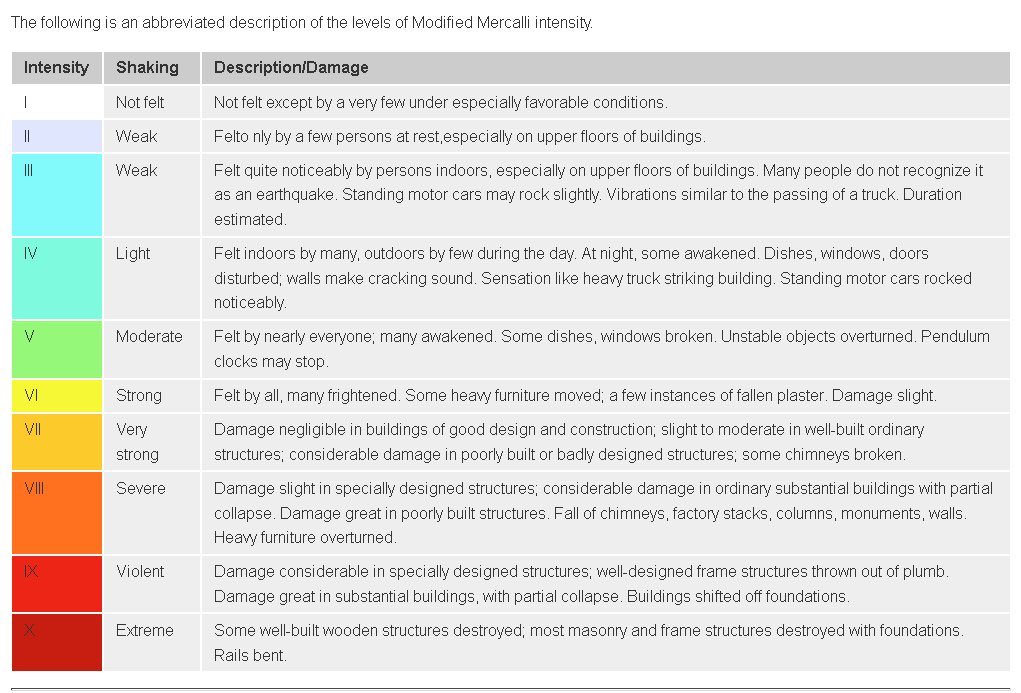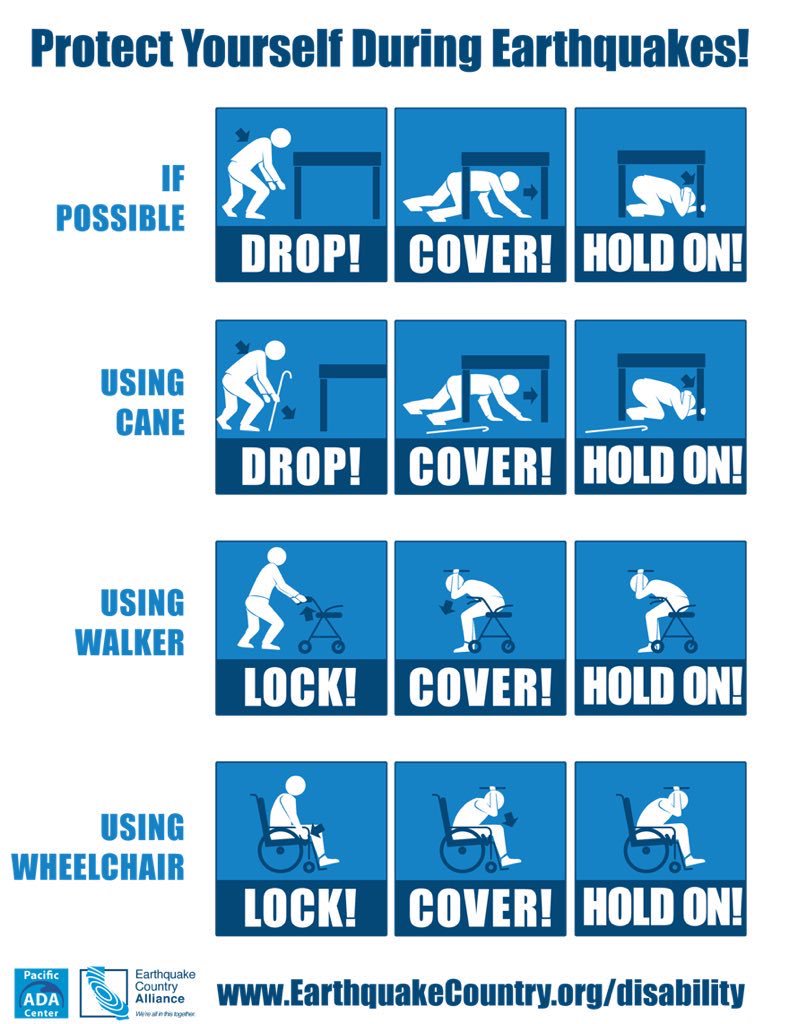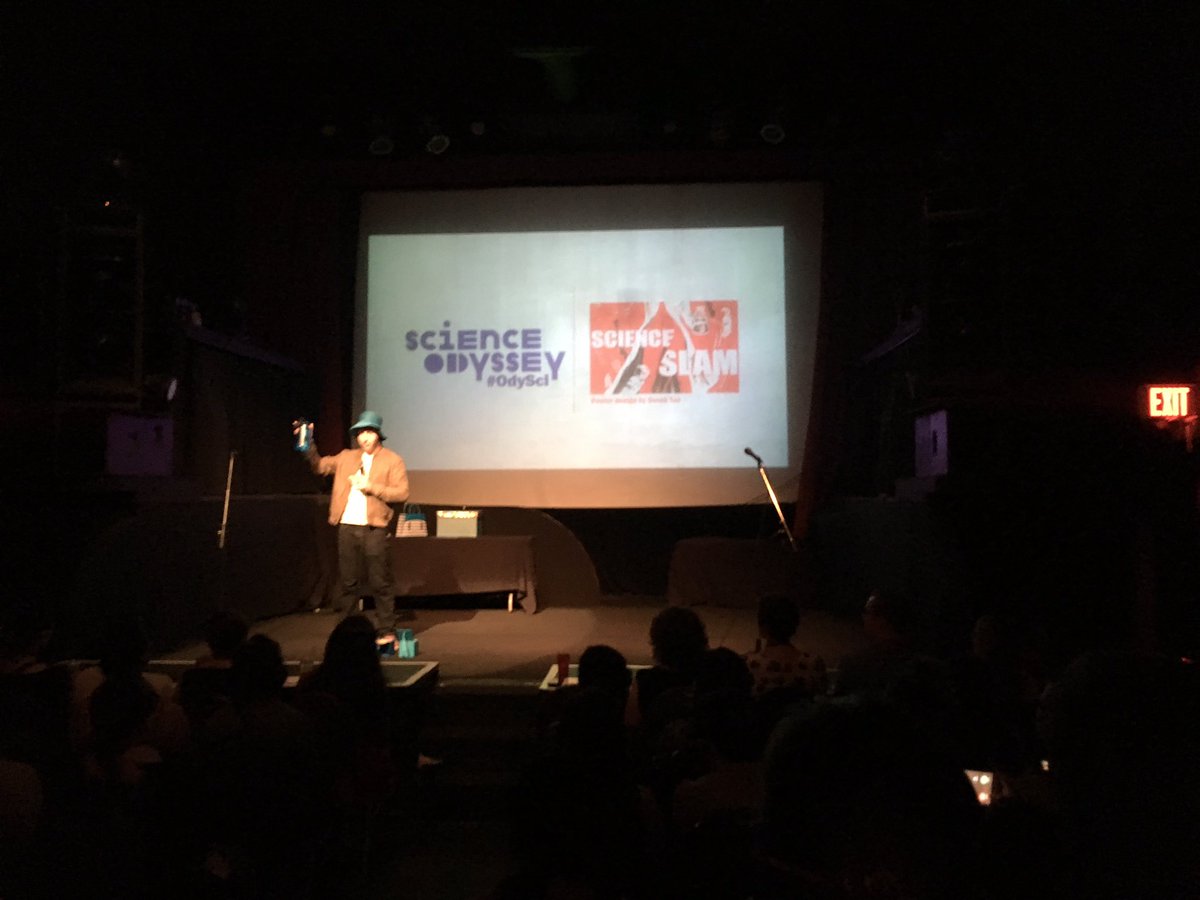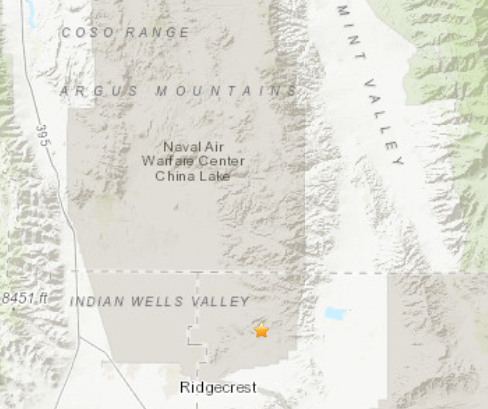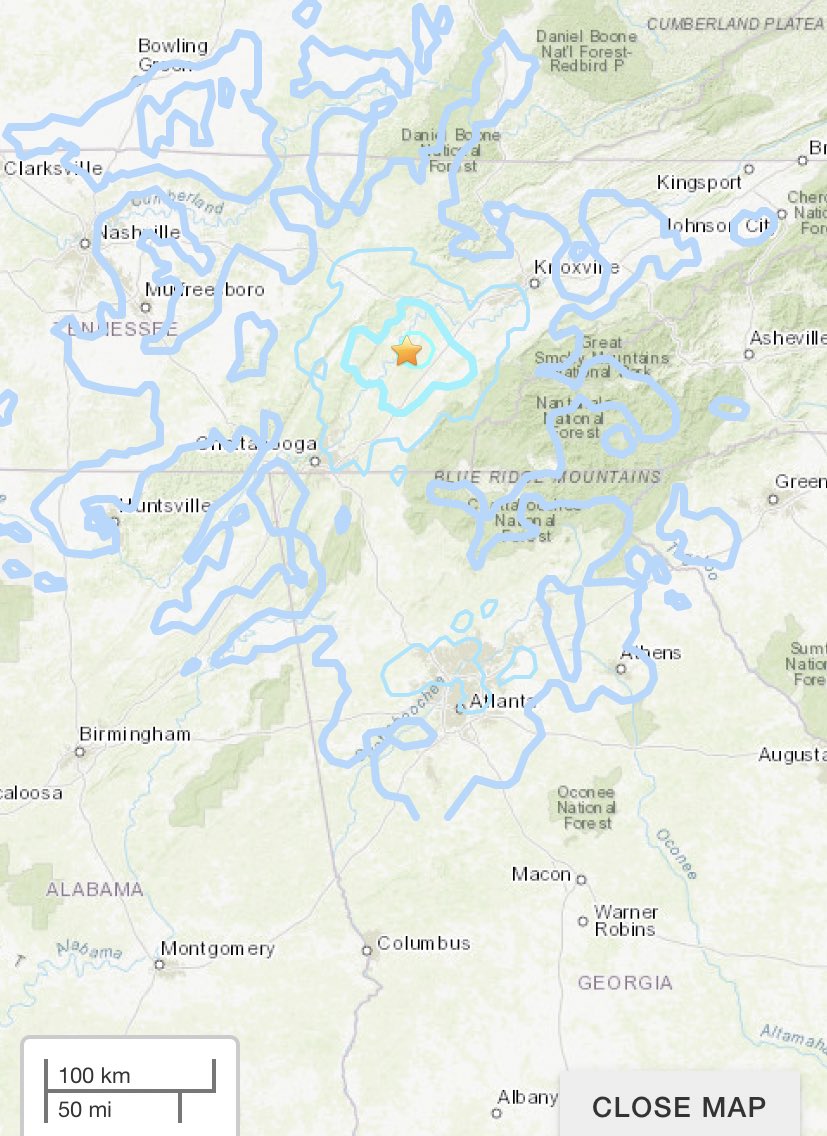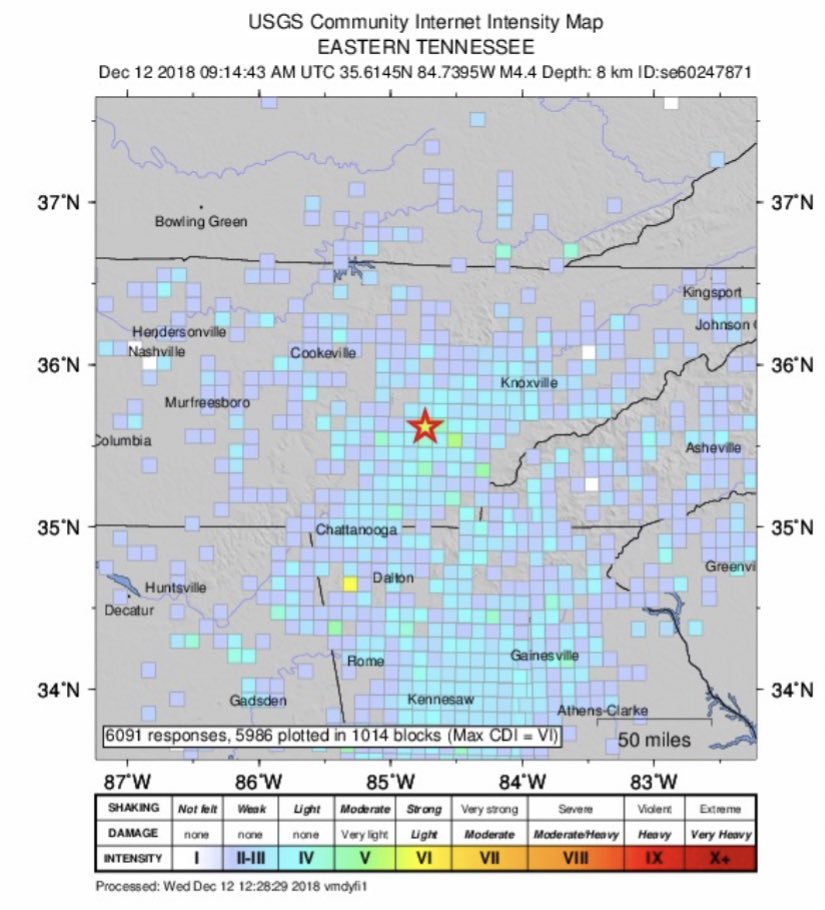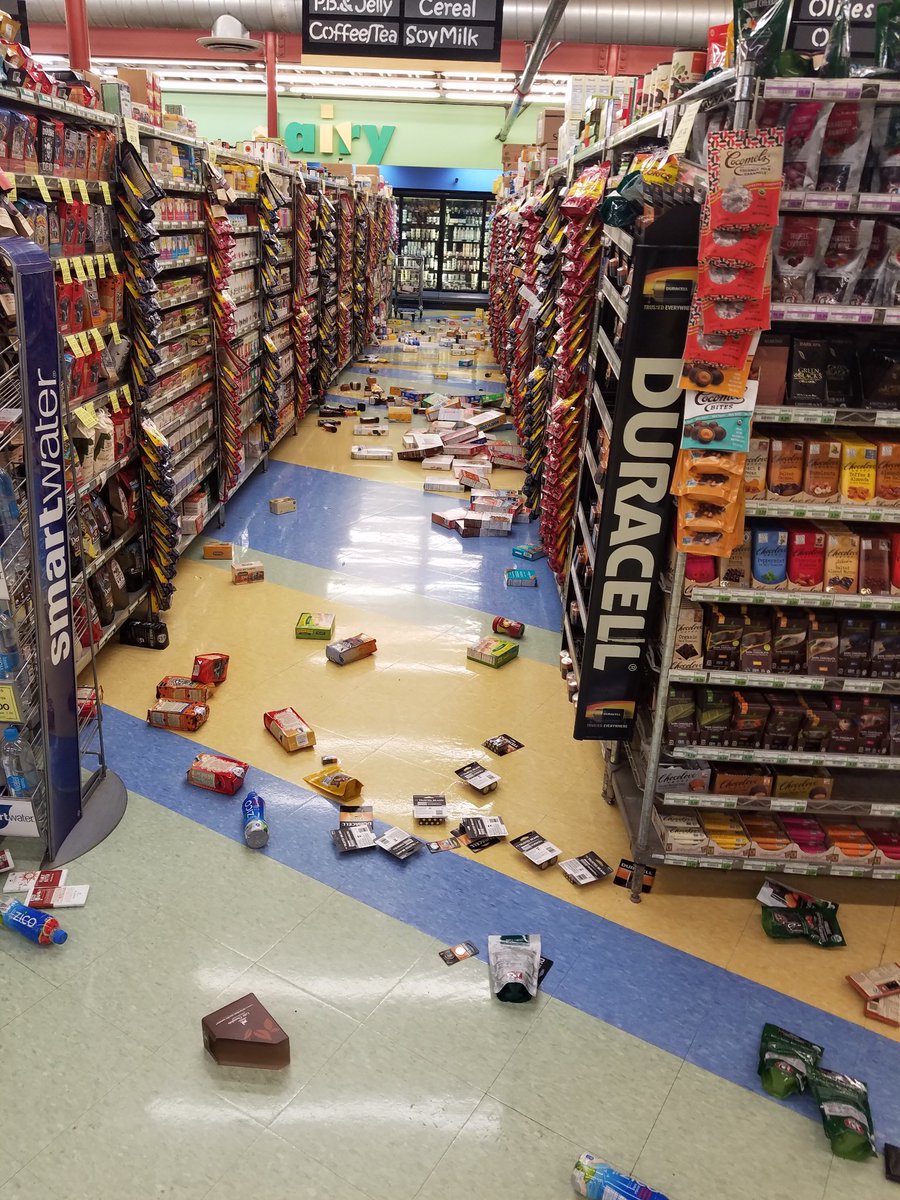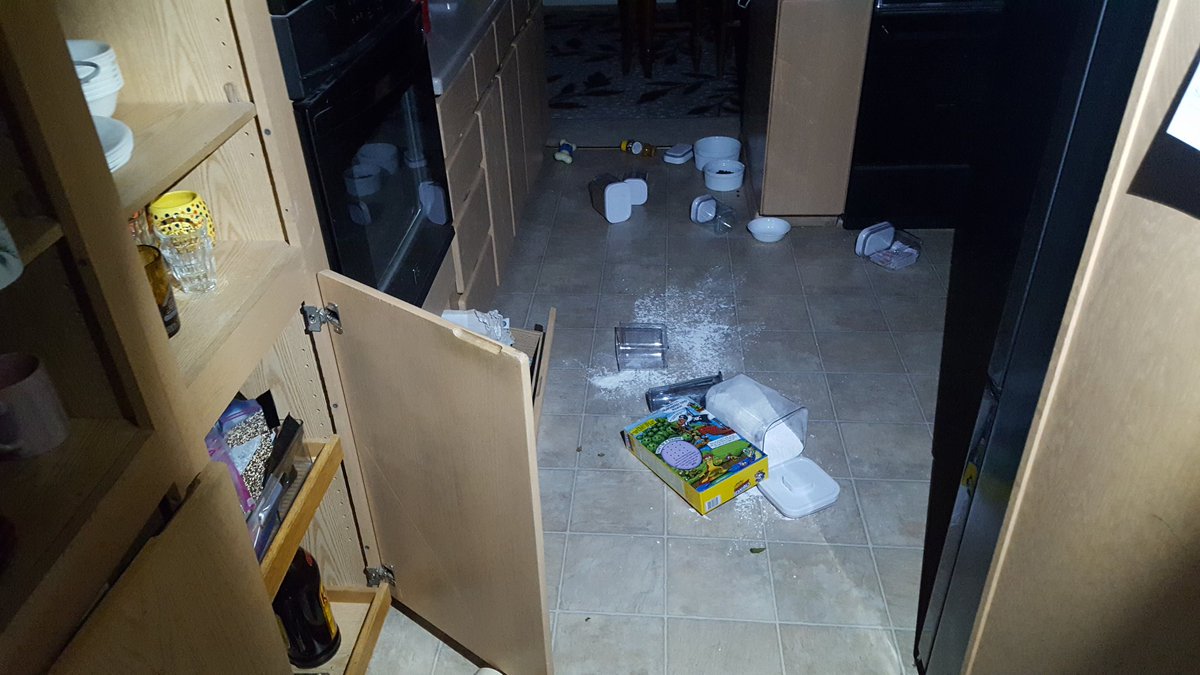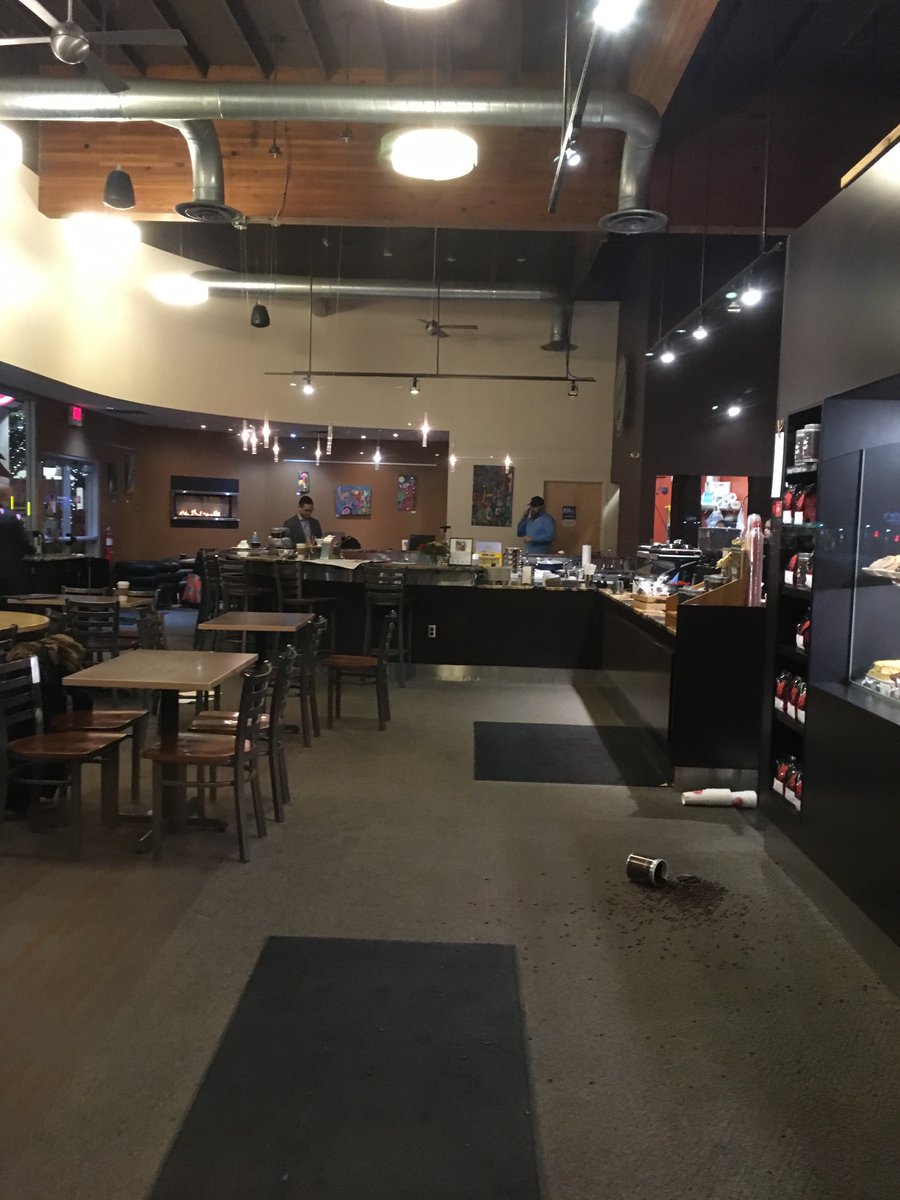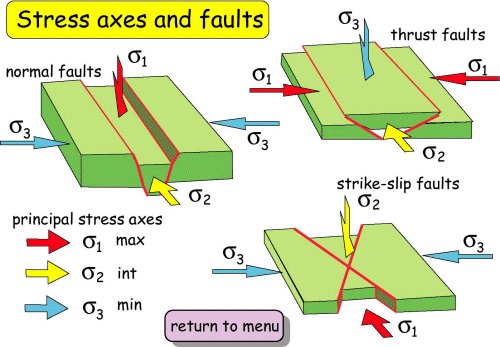Please fill out your Did You Feel It? reports here: earthquake.usgs.gov/earthquakes/ev…
Think of it like a puppy pile. As one pup moves, the others squirm around to get comfy. The bigger the puppy (higher magnitude quake), the more movement to reshuffle (more aftershocks).
The aftershocks drop off exponentially.
A: I like your logic, but no. The Earth is REALLY big.
BC & SoCal are way too far apart for their faults to transmit stress to each other.
Earthquakes are normal. We get 100-200 M6 quakes a year, an average of a few each week.
Stats: gizmodo.com/a-quick-guide-…
Hawaii: Also not part of the Ring of Fire as it’s an oceanic hotspot with effusive volcanoes.
Literally every Ring of Fire map (including the one I used) is misleading. It’s a common teaching mnemonic, but is such a huge source of misconceptions. Just forget it.
California gets a lot of earthquakes, and they’re shallow so the felt intensity is focused to smaller areas (vs deep quakes that shake bigger areas less intensely)
If you send too many alerts, people zone out & ignore them. Prioritize.
But we don’t have much practice with slightly-distant large earthquakes. “It feels like an M4 but goes on forevvver like an M6” is a grey zone.
That’s not a science or engineering failure, but an expectations mismatch.
It’s going to be a learning curve to figure out what types of warnings people want without oversaturating & desensitizing.
(tip via @scadaman)
A:
Magnitude is a quantitative measure of energy released. It’s a single number (although it may get revised as we update data & math).
Intensity is a qualitative measure of how the shaking felt. It’ll change with distance, geology, buildings.
The tricky bits are calculating (normal for estimates to fluctuate for a while) & that pop culture will NOT let Richter scale just die already. It’s moment magnitude for 30+ years.
Details: earthquake.usgs.gov/learn/topics/m…
Mexico City is in a basin of hard rock (bouncing seismic waves into the city) on top of saturated sediments (which amplify shaking).
We legit got confused for years thinking it was the epicentre of several distant earthquakes because the felt intensity was higher.
Seiche are resonance waves in included water bodies. Think scooting back & forth in a tub so waves keep getting bigger.
Swimming pools resonate at the smaller quake frequencies (~5s) even hundreds of miles away.
Details [my old 2018 story]: smithsonianmag.com/smart-news/end…
I’m doing a fun-but-unnecessary puppies-as-earthquakes extension over here just because I can.
Want moar puppies? Go ask questions.
A: Yup. Real life rocks are complicated & confusing.
That’s part of why we don’t (yet) know exactly which fault was moving today.
(I have interviews on Deep Space Network disaster preparedness that I really want to write some say. It’s intense.)
Nice mini-thread that gets at the (very few) discrepancies between anticipated vs reported shaking:
temblor.net/earthquake-ins…
tip via @alexwitze
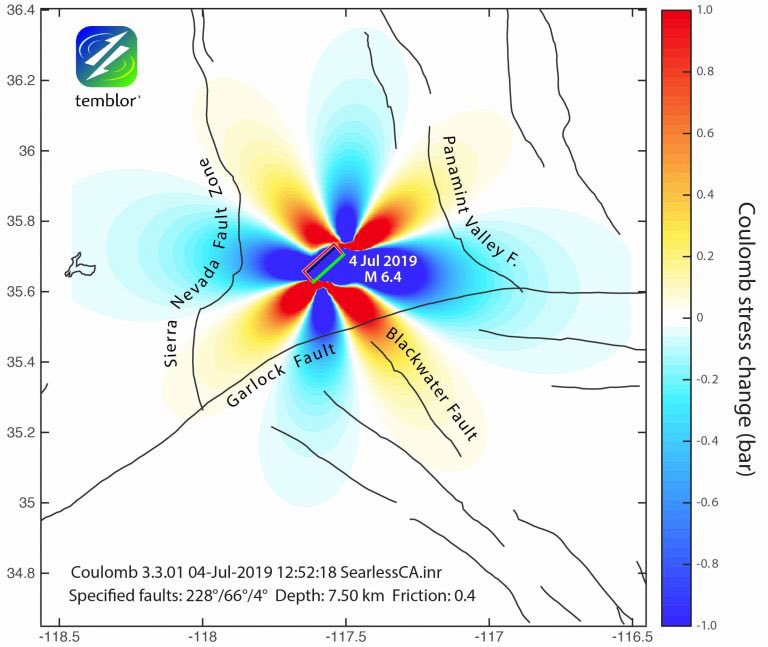
jingle jingle jingle
As a geophysicist, I'm hoping they don't repaint the road lines. Just let them stay offset marking how much this fault moved.
A: Californian faults move sideways past each other. You can see how much the ground moved! (with a fresh line from last night indicating it didn't keep creeping)
A: You're okay. You remembered to drop, cover, hold on, right? Good! Fill out your Did You Feel It? report here, then come back and we'll chat.
earthquake.usgs.gov/earthquakes/ev…
To get back to our puppy pile, someone just kicked a nose.
From the July 4 aftershock forecast (earthquake.usgs.gov/earthquakes/ev…)
getting an M7 this week had a ~0.5% chance of happening. Rare, but not ridiculously so.
...yeah. I know. We have to name them retroactively. Nature doesn't give us ID labels. Sorry?
Even if you did no new prep, you probably panicked less.
A: Ridgecrest just DID have The Big One. Give 'em a hug.
But no. Magnitude is logarithmic. It takes 100 M6 quakes to release the energy of an M7 quake, 1,000 to release the energy of an M8, 10,00 for an M9
A: You might be feeling the different seismic waves. Love waves arrive first, then Rayleigh waves. Love shakes you side-to-side. Rayleigh feels like rolling ocean waves (it makes me kinda seasick).
A: Everyone go grab sturdy shoes & a flashlight. Those live by (or under) your bed now. If a disaster hits at night, you might be evacuating with no power & lots of debris. (This goes for hurricane/tornado peeps, too)
A: Bed by a window? Close the blinds to protect from breaking glass. Any mirrors, pictures, bookcases, or other hazards? Make sure they're secure (or take 'em down).
Quake while you're in bed? Curl up & use pillow to protect your neck & head.
A: You know what? That's cool. Probably overkill, but it's not going to hurt you.
In North America, you're more worried about crap inside the building falling on you than you are about the building collapsing. A sturdy table is a good bedmate.
A: I'm so sorry, but it might be. The odds are small (& I'm waiting for USGS to calculate because that's beyond my lane), but it's possible a bigger quake is coming.
We cannot predict exactly when, where, or how big the next quake is.
Having a M7 in the Mojave faults aren't going to release all the stress built up on the San Andreas (nor that kink north of LA). That stress is still locked.
California has transverse faults: tectonic plates slide sideways. The "Big One" quakes are ~M7ish.
We see M8+ in subduction zones (Pacific Northwest, Chile, Alaska, Japan...)
A: This is going to be a long list! Don't try to do everything at once, but check off what you can while you can.
Find their carry case. Write your contact info on it. Pack an overnight bag for them. Food, a water dish & water bottle, leash, toy, whatever they need to get through 1-3 days
Then take a selfie with your pet. It's proof of ownership if you're separated.
You're more likely to be hurt by things inside your home than by your building collapsing. What do you need to secure?
Game version: shakeout.org/beatthequake.h…
FEMA's list: fema.gov/media-library/…
Vancouver's list: vancouver.ca/home-property-…
During an emergency, the very first people to respond are the people closest to you. If a building collapses or a fire starts, your neighbours will be the first responders on scene.
You're all awake anyway. Say hi. Build community resilience.
If a major disaster happens, local communications are going to get flooded. Pick someone who lives Anywhere Else & make them your point of contact. Then you just make one call to check in that you're okay & learn who of your nearby kin checked in.
You've been meaning to forever. Do it while you can't sleep.
This is BC-specific, but you can scribble out the Canadian bits and write in US info: www2.gov.bc.ca/gov/content/sa…
I like it because they're fill-in-the-blank guides for a whole range of living situations.
Grab & Go: What do you need to grab, bail out NOW, and be okay until morning?
Stay & Survive: What do you need to shelter at home for at least 3 days, maybe a week?
Make sure to include comfort items. (Good book, cards, chocolate.)
Seriously, take a moment to relax. Breathe deep. Find some calm.
A shocking number of people die or are injured from panic during earthquakes, either from heart attacks or by doing things like leaping out windows.
Identify places you really don't want to be (lots of overhead wires, huge balconies, under skyrises with lots of windows, in buildings with soft stories like garages/display windows) & where you'd shelter.
A: 5% odds any earthquake larger than the first would happen. 0.5% that the larger would be M7+ (which this may or may not have been, still TBD).
Different scenarios, same concept.
Nearly empty home? Great! That means nothing can fall on you. Curl up & protect your head & neck.
If an M6 or M7 is directly under a city, it can cause massive damage. But in the desert where population density is lower? It'll be less damage because there's less TO damage
(Again, give Ridgecrest friends hugs)
But M8 & M9 happen in subduction zones, not SoCal. (Far NorCal, you're with PNW.)
A: No.
The Earth is really big. The distances are far. The fault systems are separate. More details upthread & in puppy-thread.
See also:
Assuming the initial M7.1 is still valid, tonight's earthquake released more than 10 times the energy as yesterday's M6.4. Calculate it here: earthquake.usgs.gov/learn/topics/c…
Scroll up thread to the field photos of the crack in the road with the nicely-offset road line. From standing on one side, is the other side moving left or right?
The trick is now close is "close"? Check out the puppy thread (particularly howling) for more on that idea, but the energy released by the M7.1 earthquake absolutely impacted the stress on nearby faults.
More technical:
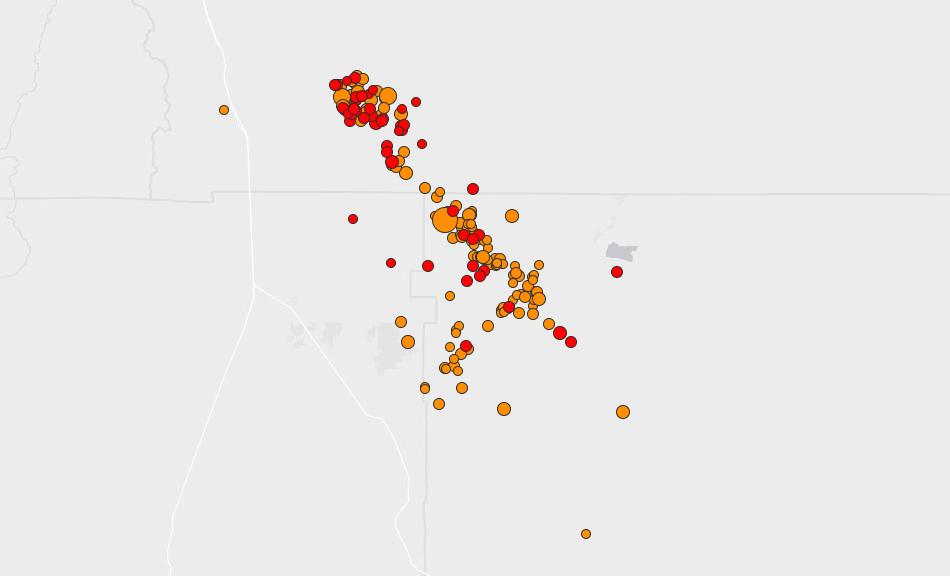
A: Sure, you can always do more! Charge up external batteries, pack a charge cable in you go bag, and think about if you can pull off alternate forms of communication.
Such as:
Did it feel kinda like 1992 Landers?
A: I live in Vancouver, BC. I feel you so hard. I'll be on @GlobalBC tomorrow morning (~7:40?) to talk our quakes.
But it's not impossible to survive. Advice from Chile, home of M8 & M9 quakes:
A: @USGS website is still being funky, but their aftershock forecast is posted on FB: facebook.com/USGeologicalSu…
That's a near-certainty SoCal will get M6 aftershocks, 9% chance you'll experience an earthquake larger than the M7.1
A: A shakemap captures intensity, how severe we expect shaking to feel at the surface.
This was a major earthquake. We got lucky on location.
@latimes has a detailed description of how the earthquake felt and current damage:
latimes.com/local/lanow/la…
This one moved right (dextral):
A: Continental plate “floats” above denser oceanic plate, so our land is staying up here.
But in subduction zones (PNW), the plate buckled as stress builds, then slaps down & our. You get coastal submergence
A: If a city issued evacuation orders, they’re also going to include dedicated buses for people who can’t drive.
But yeah, there’s still barriers (blogs.scientificamerican.com/observations/d…). Check on your neighbours.
A: Nope. No, you do not get to do that near me. Find your compassion and try again.
Everywhere has disasters. It’s a question of which ones you’re comfortable with.
I pick earthquakes over tornadoes. You do you.
A: Probsbly. It’s been a long few days & tweets don’t have an edit button.
1 step up in magnitude is 10x bigger & 32x more energy released.
Play with: earthquake.usgs.gov/learn/topics/c…
Read: earthquake.usgs.gov/learn/topics/h…
They’re resonance waves, the water equivalent of playing on a swing. Resonance depends on size, so a wineglass, bathtib, pool, lake, or bay will have different frequencies.
A: I’m going to stay focused on West Coast seismology for this week, but I’ll totally do explainers on it next week if you remind me.
For now:
A: Money makes resiliency easier (supplies, ability to evacuate, retrofit, less marginal land, higher tax base for response...), but you don’t need cash to drill (Drop! Cover! Hold!) & to make a plan.
Build a kit from what you have already
Unless you’re coincidentally already hiding your pet, you’re better off waiting until after shaking stops to check on them.
@apukwa gave good details & resources in replies.
2. Puppies & earthquakes is totally our theme this week.
A: That's totally valid. Disasters are stressful! You've been through a major event (& keep getting aftershocks!). It makes sense you need to debrief and talk it out.
Mental health resources:
A: No. These earthquakes are following an aftershock pattern, not a pre-eruption pattern.
If you’re concerned, check @USGSVolcanoes. Details: volcanoes.usgs.gov/volcanoes/coso…
Details (in the context of nuclear tests & teenage sex):
bbc.com/news/world-asi…
I also did a @NerdNiteYVR talk on this last month; I’ll try to find a video.
A: It’s going to depend on doctor & insurance, but you can sometimes make headway by citing official emergency preparation guidelines like those put out by @FEMA or @Safety_Canada.
US seismic codes are good enough we mostly don’t worry about collapsing buildings.
The exception is weak walls(garages, big window walls) or few interior walls (parking towers, open concept offices, malls)
A: Try to get it retrofitted BEFORE the earthquake to better resist shear. External bracing is stylish!
But if that’s not an option?
Shelter near the interior/most intact walls. Assume that open part will collapse.
